Actionable Evidence
Evidence in Action: Horizons National
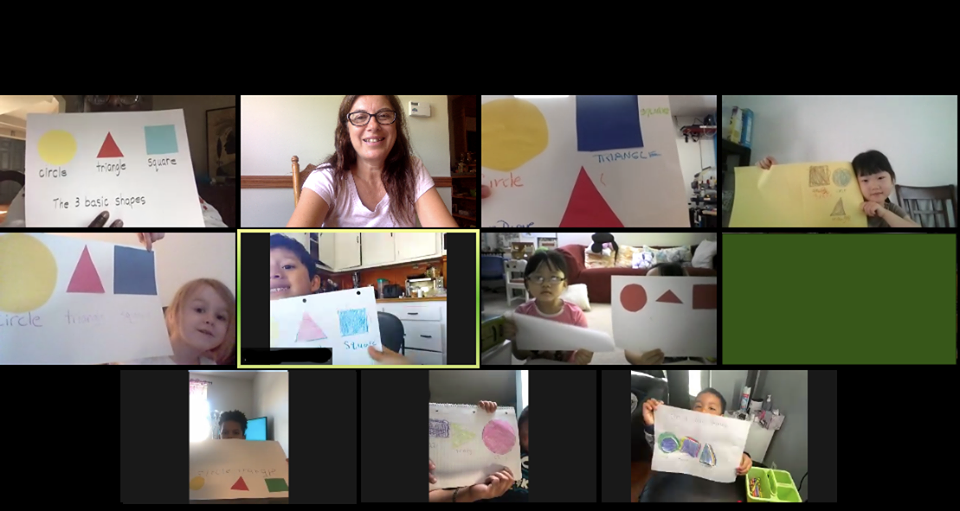
Q&A with Lorna Smith and Dara Rose
Horizons National provides academic and enrichment programs that strive to close the opportunity gap for children from disinvested communities. Horizons students attend a six-week summer program on the campus of an independent school, college or university, and receive additional support throughout the year. Currently, there are more than 60 Horizons programs in 19 states, operated by affiliate organizations and supported by Horizons National.
The unprecedented disruptions to our education system amid COVID-19 increased the urgency for programming that children need to re-engage in learning and development, especially those in traditionally underserved communities. Horizons affiliates adapted their programs for virtual delivery during the summer of 2020, and continue to innovate their approaches to support students during the school year. Project Evident worked with Horizons National to engage the affiliates in adapting the network’s measurement and data collection strategy to align with the pivot in programs, and to incorporate the voices and experiences of students and families in their decision-making process.
We recently spoke with Lorna Smith, the Chief Executive Officer of Horizons National, and Dara Rose, the Senior Vice President of Strategy and Programs, about the network’s response to the pandemic and their work with Project Evident.
Lorna Smith
Chief Executive Officer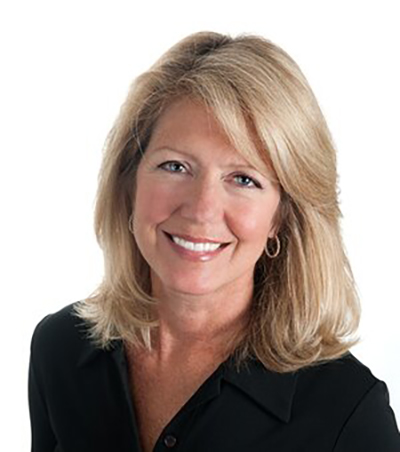
Dara Rose
Senior Vice President of Strategy and Programs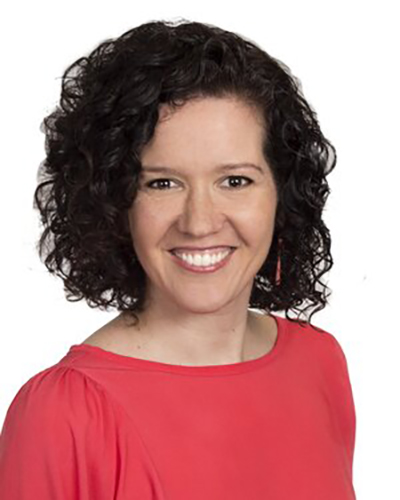
How has COVID-19 affected the Horizons programs? How did the Horizons affiliates adapt the in-person model to meet the needs of their communities?
Dara: The vast majority of our programs offered a blended model with a lot of synchronous remote instruction. There was consensus from affiliates to really prioritize social-emotional learning — not to the exclusion of academics, but as a real focus for this summer. So, there were a lot of small group chats — facilitated by counselors or teachers who were engaging students in conversation and games, and just having fun with them. It was important to make sure that students were regularly seeing both adults and peers who cared about them.
Lorna: The experience showed the incredible importance of building relationships, and the trust that comes from those relationships. Many school districts reported low participation in remote learning among the population that we serve, but students were showing up at much higher rates to our summer program [based on anecdotes from program staff and preliminary data]. The hypothesis is that it is because of the relationship and trust, and that the engagements were more fun for students.
It was also important to help students and families with their basic needs and the technology for virtual learning. Our emphasis on relationships meant that Horizons programs were able to mobilize really quickly to help the families, even before the summer program started. Many of them engaged in delivering food, making sure families had the technology for remote participation, and setting up tech support.
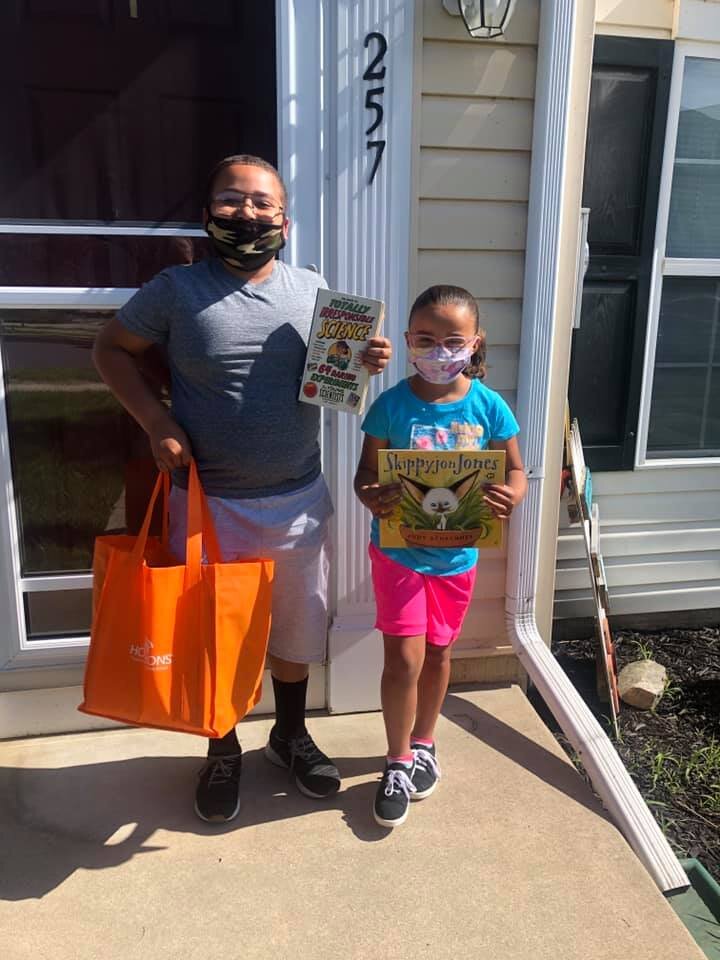
How did Horizons National support the affiliates in making these adaptations to serve their communities?
Lorna: The expertise on implementing Horizons programs lies with the affiliate programs. We have a lot of flexibility built into the network, which allowed the affiliates to respond to the particular circumstances of their communities. Many of them looked to us for substantive guidance, and Horizons National served as the clearinghouse for information they needed to innovate and adapt — getting input from different programs and host schools, bringing it all together, and lifting up resources and best practices for the network.
We also suggested that affiliates think of their programs as not just six weeks this summer — what does it look like to support students and families until the summer of 2021 and how do you pull your resources out to meet the increased needs in the communities?
Dara: In addition, we worked with Project Evident to have flexibility in our approach to measurement and data collection. And we really redoubled our commitment to hearing the voices of staff, students, and families. In our surveys this summer, we looked at student engagement, satisfaction, wellness, social-emotional learning; we also piloted questions specifically related to emotional well-being for the first time. And that was very well received both by our affiliates. Some of this data had been collected through informal dialogue with students and families by program staff, but we made it more systematic.

What are you most proud of in your network’s response to the pandemic?
Lorna: The strength of the Horizons community — the deep commitment of program staff to families they serve and the strong sense of community that’s throughout the network. The program directors, staff and teachers at Horizons jumped in with both feet in supporting the families.
Dara: Building and sustaining a community requires commitment, and that was demonstrated powerfully by Horizons students and families, by staff and by the affiliate leadership. I was also blown away by how robust and creative the programming was that was rolled out. The programs were really trying to sustain our pedagogical approach. The photographs that kids were taking of their work and the critical conversations that were happening, particularly at the older grades — it was just really student-centered and rigorous learning, which was pretty remarkable.
“It was important to make sure that students were regularly seeing both adults and peers who cared about them.”
Are there any changes or adaptations that Horizons programs have made in response to current events that you anticipate being longer-term shifts in your approach?
Dara: The innovation and experimentation around using technology for remote purposes is definitely going to be sustained; not to supplant in-person programming, but as an enhancement to in-person programming going forward. It’s really opened up the door for people rethinking what our school year strategy can be, especially around supporting student learning and engagement on weekends and off-hours, depending on what works for families. We’re also actively discussing the extent to which the direct provision of basic services, like helping families with food insecurity, or case management should be a regular part of the model.
Lorna: I also think something that will be permanent is more direct, ongoing and frequent communication with families. The partnership with families has deepened – you can tell how thrilled the affiliates and families are by that. And that means more impact, too.
Dara: Affiliates are also starting to open source some of their programmatic offerings across the network, as there is more widespread use of technology to deliver services. For instance, a DC affiliate started a career exploration webinar series where guest speakers of color talk about their personal career trajectories, and shared the Zoom link with other affiliates for their students. Another affiliate worked with the school district to develop lessons that were aligned with the district curriculum and learning goals, and open-sourced it for all students in the district. They were able to go from serving a couple of hundred to a couple of thousand students in less than a month’s time.
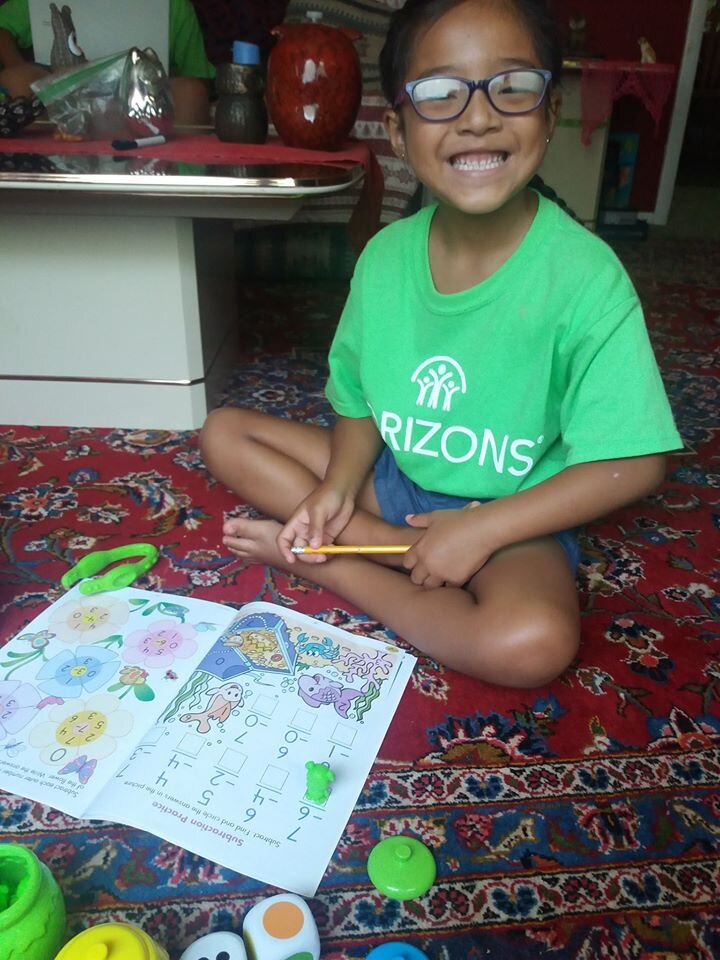
Has this summer’s experience changed your approach to supporting affiliates moving forward?
Dara: We’re really rethinking how we deliver training and social networking to our affiliates. This summer, we started a series of weekly calls with program directors and teachers to discuss instructional and operational planning for program delivery. They absolutely loved talking to each other in real time around what they’re rolling out and how it’s going. The peer-to-peer information sharing is getting a lot deeper and more robust through the network’s use of technology and going through this shared experience. Our professional development was already going online, and now it’s emerging as a valued centralized service.
Lorna: It became very clear that the affiliates want a supportive community, and they turned to us [Horizons National] to be the conveners of the community and open up communications across the network. They also want us to do a better job of being a clearinghouse of reliable guidance and best practices: “Don’t tell us what to do, but give us the options of what works so we can choose.” So, those are the things that we’ll be focusing on as a National office.
“We worked with Project Evident to have flexibility in our approach to measurement and data collection. And we really redoubled our commitment to hearing the voices of staff, students, and families.”
How has the heightened awareness and national dialogue around racial and economic inequities affected your thinking about the work of Horizons moving forward and the role the program plays in addressing these disparities?
Dara: We’d already started a very deliberate process to address Diversity, Equity, and Inclusion (DEI) as a national organization. And both the pandemic, as well as the second pandemic of racial injustice, has really prompted our thinking and discussions with the network about how our own internal DEI work can intersect with the DEI work of our affiliates, and specifically, how we apply a racial equity lens to everything, including the programming and the work with the students themselves.
Lorna: In the past, it was more about having the affiliates share what they were doing and fostering peer-to-peer communication on this issue. That is going to change. We are going to lead; we’re going to be developing resources; we’re going to be talking about it a lot. We’re going to be pushing it, promoting it, and taking a much stronger role than we have.
Horizons National recently partnered with Project Evident on a quick-turnaround engagement to adapt your data collection and measurement strategy to the context of the pandemic. Why was it important for you to engage in the initiative to ensure strong data collection practices during the pandemic? How does it build on your track record of using data to inform strategic decision-making and drive community impact?
Dara: It was important for us to engage Project Evident in the re-articulation and redesign of our measurement strategy because we were working at warp speed. When you’re working really fast and under a lot of pressure, having thought partnership from experts ensures quality and brings an additional layer of reputability to the decisions that are being made.
Without Project Evident, I don’t believe it would’ve been possible to engage our affiliates as authentically in the design process as we did. The affiliates really appreciated the opportunity to think with us, and enjoyed the thought-provoking way Project Evident engaged them in the decision-making. That was a gift to the network at a time in which I think people needed to be recognized for their contributions in a serious way. If we’d just worked quickly to make those decisions and just implemented them, we could’ve had some pushback on the data collection.
For example, attendance data was an issue. How do we even define attendance in this context? What should our expectations be in terms of how that attendance is captured? Project Evident pushed us for clarity and brought multiple departments within Horizons National together to clarify in-person versus virtual attendance, and attendance in synchronous vs. asynchronous instruction.
Lorna: The engagement demonstrated to the network that we prioritize data and evidence. It reassured the affiliates that we are going to put our time and our money where we think it’s most important, and that’s helping tell the Horizons story with data. We know our affiliates have done remarkable work this summer, and now they will have data to back up their stories.
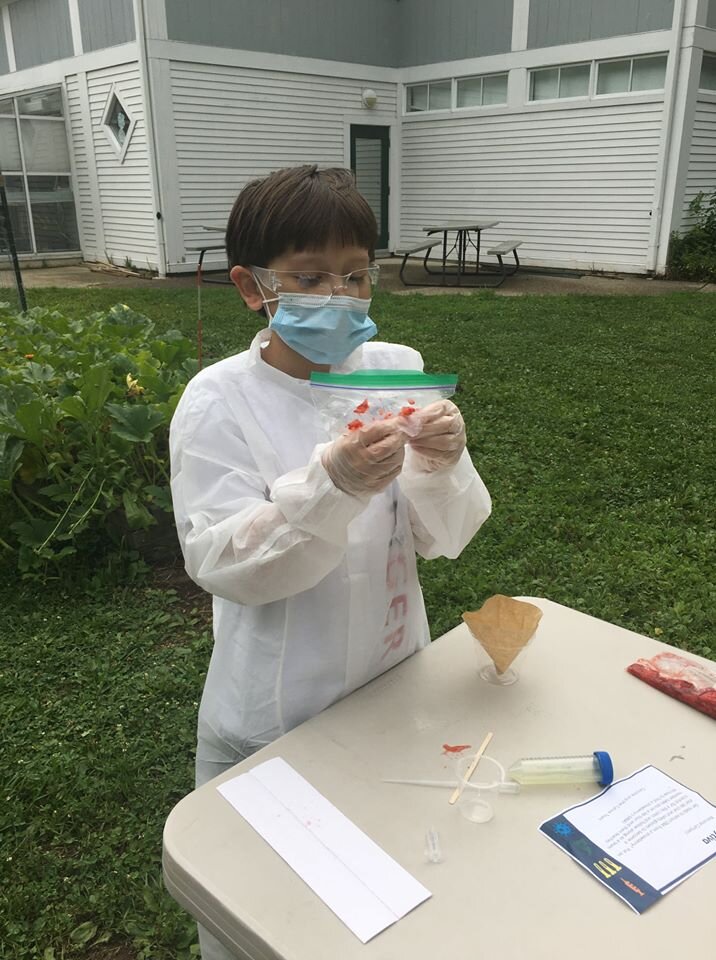
How can funders and policymakers better support your strategic objectives, including your goals around building evidence that can support better decision-making and organizational agility?
Dara: One of our standard impact measures is the academic testing that we do before and after summer program, which is a big part of our traditional impact narrative. Our decision to suspend that testing this summer left some people really wondering — what are we going to tell our donors? It was really helpful for us, as well as the affiliates, to have flexibility from our funders. Folks recognized that both the intervention, as well as the measurement and the impact, would be different, and that’s okay. And just trust our capacity and commitment to deliver on mission.
Lorna: I wish when looking at evidence around children and education, people would take a longer view. You can’t have an intervention that lasts a year or two and say, “we’re done, we fixed it.” It has to be the whole child over the long term; that’s our drumbeat. I also wish there was better communication and better guidance around public funding support for programs like Horizons.
Finally, it’s important that funders understand the importance of the central office. The role we play as a convener and a clearinghouse was important for our affiliates in managing this crisis. So many of them said that being able to turn to their Horizons National peers made them feel less alone and more a part of a community. And the resources that we were able to provide, including the capacity for peer-to-peer sharing, is really critical for small community-based organizations.